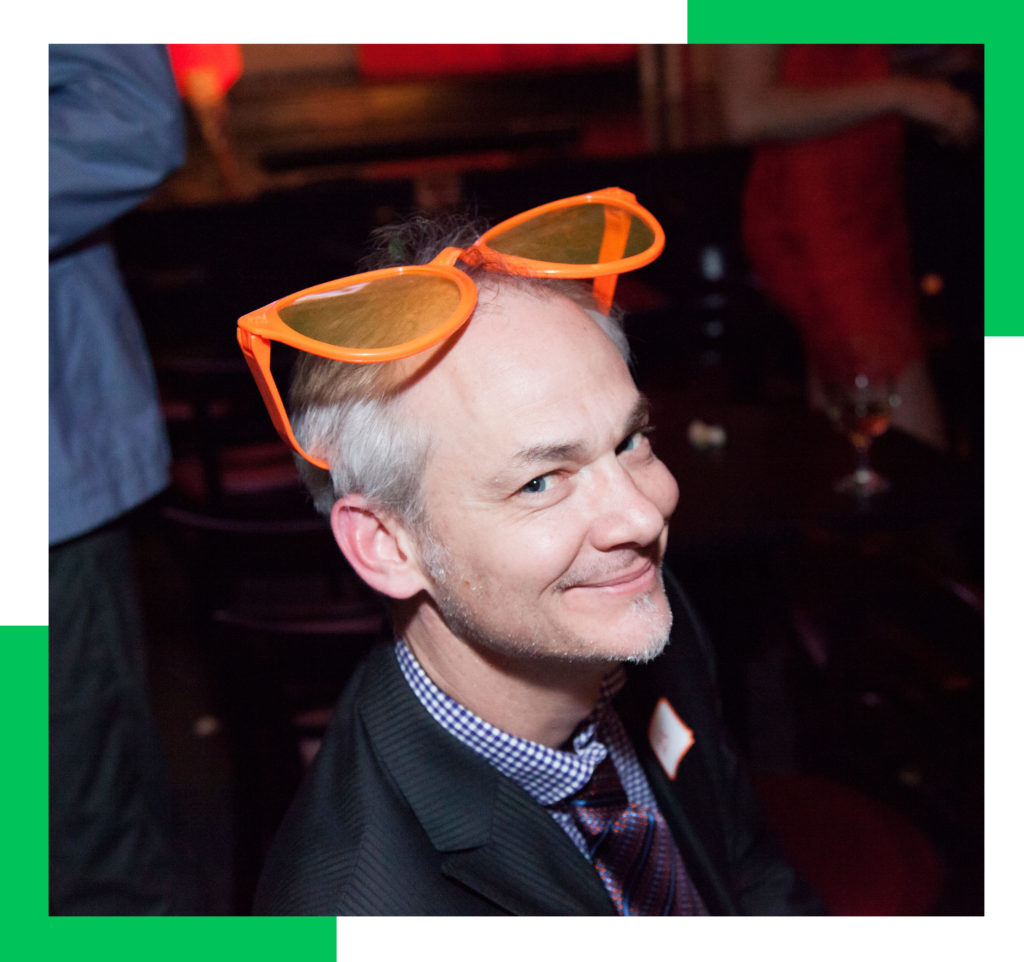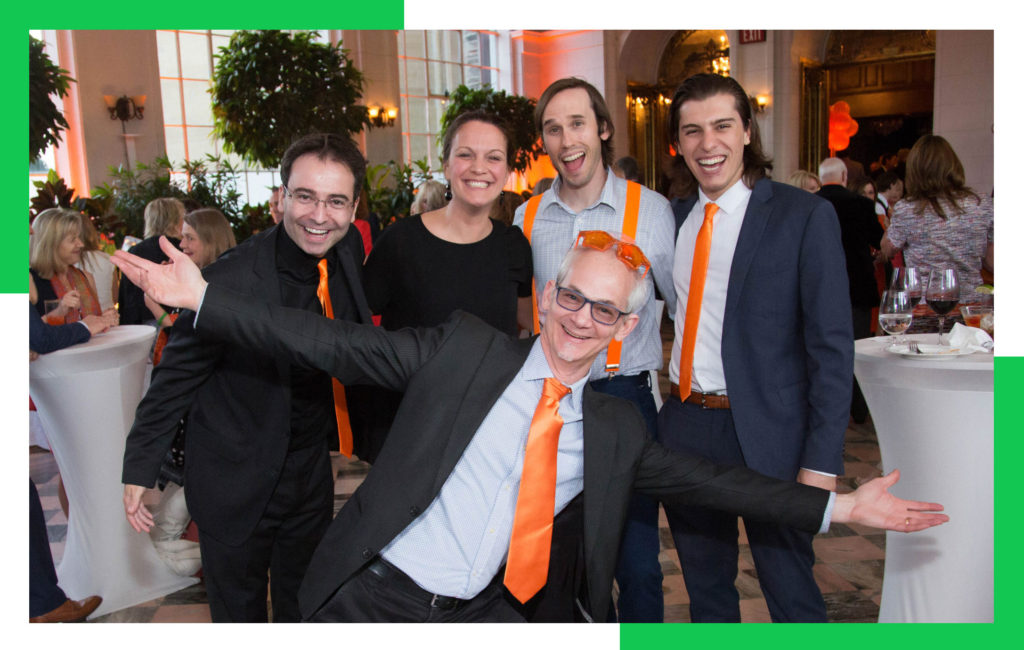


LAM, or lymphangioleiomyomatosis, is a rare lung disease that mostly affects women of childbearing age. In people with LAM, abnormal muscle-like cells begin to grow out of control in certain organs or tissues, especially the lungs, lymph nodes, and kidneys. Over time, these LAM cells can destroy the normal lung tissue. As a result, air can’t move freely in and out of the lungs. In some cases, this means the lungs can’t supply enough oxygen to the body’s other organs. Women with LAM often look completely healthy, but their lungs are full of holes and slowly being destroyed.
About 2/3 of women with LAM experience episodes of collapsed lung(s). Having a lung collapse means hospital admission, painful treatment and sometimes difficult lung surgery. About half the women with LAM also have kidney tumours called angiomyolipoma (AML). LAM is a progressive disease with no cure.
Continuous supplemental oxygen is often needed and the last option is a single- or double-lung transplant. So far, these options allow for the extension of life only but it is eventually fatal, shortening the life span and the quality of life for virtually every woman with the disease. In the past, LAM was often misdiagnosed as asthma or emphysema, but now LAM can be diagnosed more easily from a lung biopsy or a CT-Scan. Women with LAM are still frequently misdiagnosed because many physicians continue to be unaware of this disease. It is important to obtain a correct diagnosis both because of the dangers of inappropriate treatments being applied and because of the steps that can be taken to make life more comfortable for women with LAM.
Our Research

The Green Eggs & LAM organization is helping to make strides in finding a cure for LAM by supporting the research of world-renowned scientists, Dr. William Stanford and Dr. Molly Shoichet.
The funding from Green Eggs and LAM allowed Stanford to assemble a small research team at Ottawa Hospital Research Institute, where they undertake cutting-edge research and science, including growing LAM-like cells which new drugs can be tested on.
Since heading to Ottawa in 2011, Dr. Stanford has made important discoveries related not only to LAM, but also to conditions such as osteoporosis, premature aging and blood cancer. The common theme is using stem cells as a model to understand or treat these diseases. “I think we’re on the cusp of real breakthroughs in using stem cells to further our understanding of disease and develop new treatments”, Stanford states.
In 2018, another big step towards finding a cure was made. Using new technology, Stanford and his team discovered genes that are necessary for the survival of LAM cells, but not normal cells. With this information, Stanford and his team are in the process of creating “biologic” drugs to inhibit three of the genes required for LAM cells to survive, and will test this drug to target and kill LAM cells.
“I think we’re on the cusp of real breakthroughs in using stem cells to further our understanding of disease and develop new treatments”
Green Eggs and LAM also provides funds and support for the lab of Dr. Molly Shoichet and her team, another world-renowned scientist. Shoichet and her team are internationally known for their work on hydrogels, jello-like materials based on hyaluronic acid. In the past, they have used hydrogels to enhance stem cells that are injected in the body to overcome disease or degeneration. In their latest research, the team used hydrogels to mimic the environment of lung cancer, selectively allowing cancer cells, and not healthy cells, to invade.
Stanford and Shoichet have collaborated and been able to use these hydrogels to automate and screen more than 800 drugs for LAM, thereby uncovering treatments that could target disease growth and invasion. In the ongoing collaboration, the researchers plan to next screen multiple drugs at different doses to gain greater insight into new treatment methods for LAM. The strategies and insights they gain could also help identify new drugs for other invasive cancers.

Meet Our Team
We have a terrific team of scientists and international collaborators working on finding a cure for LAM and propelling this research forward.
Dr. Bill Stanford
Alberto Camacho
Julien Yockell-Lelievre
Eric Lian
Adam Pietrebon
Sara Al Habyan
Dr. Molly Shoichet
Stephanie Fisher
Amber Xiu
Canadian Collaborators
Arnold Kristof (McGill University)
Duncan Stewart (Ottawa Hospital)
International Collaborators
Joel Moss (NIH, Bethesda)
Lisa Henske (Harvard, Boston)
David Kwiatkowski (Harvard, Boston)
Tom Darling (Uniform Services University of Health Sciences, Bethesda)
Francis McCormack (University of Cincinnati)
All of these scientific advancements and steps towards finding a cure would not have been possible without the generous donations and support by so many. If you would like to be a part of the cure, consider donating or buying tickets for a night of laughter at our annual Laugh Out LAM event.

